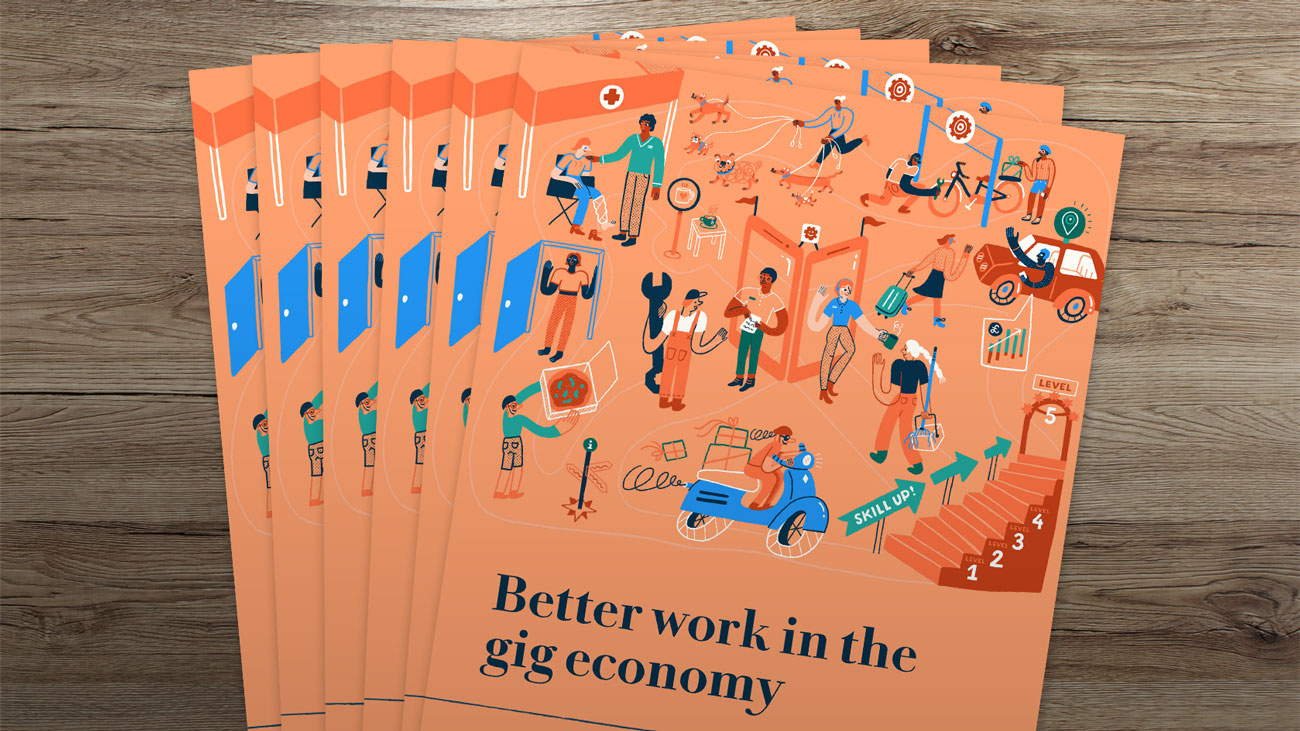
Briefing: Communication is key in the new world of work
This past year has propelled items such as employee satisfaction to the top of the agenda for strategic leaders, whether that be staff wellbeing, diversity and inclusivity, or how to support staff through times of unrest. Organisations that were able to adopt agile practices throughout the pandemic were successful in responding to employee needs and providing them with adequate support, allowing individuals to balance work with the pressures of the global pandemic. As we prepare for the future of work, this briefing explores what discussions need to be happening in boardrooms to make sure companies continue to thrive.
The primary thing to consider is whether existing policies and processes accommodate a hybrid model of work styles. This may require adaptations on a team-by-team basis, accommodating hybrid meetings and approval flows with some staff working remotely whilst others are face to face. Consultation between employees and line managers is vital, and at an organisational level there needs to be a plan for when individual desires are misaligned to team leaders’ requests.
Policies will need to be reshaped too. Employee absence and illness policies will need to be redefined as COVID-19 continues to pose a risk to the population. With some groups being at higher risk, anxieties around returning to the workplace will fluctuate throughout the business. Leaders need to make themselves aware of how the pandemic has impacted specific groups to ensure that their policies are fair, equitable and inclusive.
The toll of the pandemic cannot be underestimated, and the impact on mental health and wellbeing through bereavement, stress from isolated working and general anxieties as we re-enter the world needs to be thought about. How this is taken into consideration when reviewing health policies could greatly influence staff morale and happiness at work.
Ultimately, we need to ensure that policies and processes are reconsidered before staff return en masse. Navigating the return to work will be challenging, so having a good plan, clearly communicated through policies, provides a mutual understanding of what is expected of both staff and leadership in supporting each other into the new normal.
Wellbeing is a new priority
Supporting staff wellbeing is not only a good people decision, but it will also have a positive quantifiable business impact. Building a culture that enhances the physical and mental wellbeing of staff can help to reduce absenteeism, presenteeism, turnover and, as a result, improve productivity.
How this is achieved can take different forms. You may opt to focus on building a diverse and inclusive workforce that are celebrated for the diversity of thought they provide the business.
There’s a real business case for improving staff wellbeing, and with staff now seeing this as an essential role of employers, the preparation needs to happen now to identify how companies can put this into action as we re-enter the workplace.
Staff support should be front of mind
Harassment and bullying didn't go away when we started working from home, and the return to office-based working brings back the likelihood of unacceptable behaviour being a prominent issue. Organisations can prepare for this by having clear communication channels to report bullying and harassment in place, and a clear plan for how to communicate the existence and use of these channels.
Once reports of inappropriate behaviour are received, it’s equally as important that cases are managed effectively. We found that one of the biggest barriers to reporting is a mistrust in HR teams due to the perception that the company’s interests will be protected above staff. Understanding these barriers to reporting, and ensuring that you’re preparing to support staff effectively is a key step in ensuring that the transition back into work is comfortable for all staff. One way these barriers can be removed is by introducing a reporting platform with the option for anonymity - a proven method of allowing employees to speak up in a way that feels safe and comfortable to them, without the need to attach their name to a report.
Communication is king
Last, but certainly not least, communication and staff consultation is fundamental. If staff aren’t included in the process of planning for the return to work, you won’t know if all your planning is fit for purpose. You need to understand what employees want after COVID-19 if you want to retain top talent. Ensure staff feed into the planning process, ensure their needs are balanced alongside business requirements. Avoiding balance and consistently prioritising business needs puts you at risk of negatively impacting performance due to staff dissatisfaction.
The return to work will be a challenge for all of us. Preparing as best as you can will help you to stay ahead of uncertainty and reassure your staff that their safety and happiness at work is a priority.
Kenya Peters, Culture Shift







